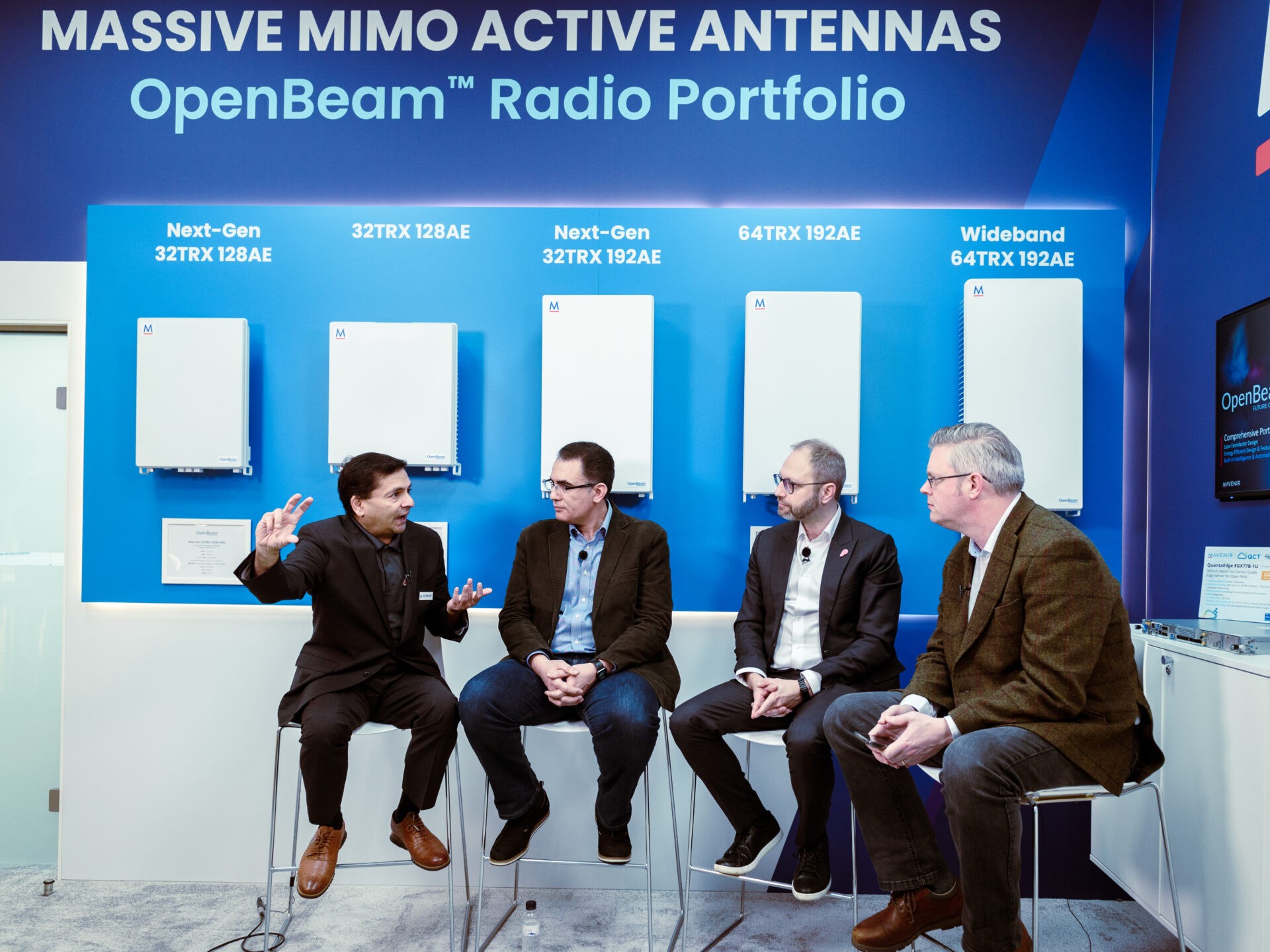XRAN’S NEW OPEN FRONTHAUL SPECS – AN INDUSTRY MOVE TOWARDS INTEROPERABILITY

We may not feel it yet, but something pretty significant just happened – and in a few years, we’ll be looking back at this moment as a paradigm shift for our industry.
The xRAN Forum recently announced the availability of the xRAN Fronthaul Specification version 1.0, which defines open interfaces and simplifies interoperability between suppliers…but most notably, which wrests control of network equipment from the small cartel of vendors who have dominated and dictated the market for the past decade.
This all sounds like high expectations for a technical spec, but what’s significant here is the industry recognition of – and action against – the reality that the future of mobile networks must be flexible, open and software-based. As an active member of the xRAN Foundation, we at Mavenir know that the industry transition to 5G will only be successful if we break free from this expensive and inefficient hardware-based model and embrace a new infrastructure that allows all players to innovate and scale. With this announcement, we’re seeing the first industry steps towards that.
WHAT IS THE NEW SPEC?
The xRAN Fronthaul Specification version 1.0 defines open interfaces between the RRU, the BBU and the OAM interface, allowing operators to work with more than one network vendor – whereas, before, the RRU and BBU had to come from the same vendor. This is the first specification launched since the group was founded in 2016, but it looks to be the first of several expected this year.
WHAT COMES NEXT?
As industry players come on board and this spec gets adopted and implemented, we should see effects whose impacts radiate throughout the industry exponentially:
- The radio has historically been locked down with limited innovation; this move fosters more competition and – subsequently – faster innovation from players, opening up more options for operators. (And the old guard of suppliers – namely, Nokia and Ericsson – will feel the impact of this.)
- Similarly, operators are going to see significantly reduced costs: by being able to move across different architectures through software changes – instead of having to make expensive hardware upgrades, which take extra equipment, time, money, and manpower – they’ll be able to adopt and innovate more quickly, pushing the benefits forward to their customers.
- Many of us have our eye on the transition to 5G – but we can’t forget that much of the world still doesn’t have 4G – or even 3G. This is a result of the previous, closed-off network model, where innovation is slow and expensive. A rapid – and inexpensive – network evolution will have a significant impact on these populations, bringing them faster networks at a quicker rate.
The next few months will be critical, as we watch the rate of adoption of this spec – after all, the technology will only work if operators enforce it with new vendors. But the tide is turning, and I believe we will look back on this spec as an indicator of a sea change.
You can read more about my thoughts on this subject here.



